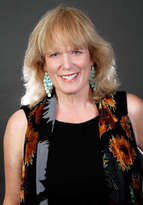 Which lunch food has a shape that resembles a falling raindrop? a. orange b. potato chip c. hot dog d. hamburger bun e. all of the above f. none of the above If you chose (f), you’re like most people who think raindrops are shaped like tears. If you chose (e), you’re probably just hungry. In either case you’re wrong. That leaves us with lunch. Let’s start from the top. Choice (a), orange, is a sphere. Water droplets are spherical because water is cohesive, meaning it sticks to itself. The “skin” that holds the drop together is surface tension and the reason insects can walk on water. If you chose (a), you made a logical choice based on the properties of water, but you are wrong. Notice that you were not asked to identify the shape of a raindrop sitting on a leaf. You were asked to identify the shape of a falling raindrop. (Always read questions carefully!) Moving down the list to (b), we encounter the potato chip. Potato chips come in many shapes, ranging from relatively flat to completely crumpled. Have you ever seen a raindrop that looks even a little bit like a potato chip? If you chose (b) you are wrong, but have a good sense of humor. Choice (c), hot dog, is an interesting option. Could a spherical drop of water morph into the cylindrical shape of a hot dog? After all, a hot dog is a cylinder with a hemisphere (half sphere) on each end. Could a water droplet in free fall separate itself into two hemispheres with a long drip of water in between? Although this is an imaginative idea, the laws of physics make it impossible. Choice (d), hamburger bun, is the only remaining choice, and is the correct answer. Here’s why: A raindrop is acted upon by three forces: gravity, buoyancy, and drag. Gravity is the force that pulls the drop toward the earth, while buoyancy of the surrounding air pushes it upward and keeps it from falling. When the force of gravity is greater than the force of buoyancy, the raindrop falls. The air around it creates drag, slowing the drop down to its maximum speed. In the process, the sphere is distorted into a shape that resembles a hamburger bun. Got it? Now, you may go to lunch.  Bugs bite, drink blood, and rob food from gardens and fields. They can even kill plants, animals, and, occasionally, people. Is bugging a crime? In her latest book, Bug Shots, Alexandra Siy compiles "rap sheets" on several of the major categories of bugs and takes a very close look at some of the types of insects in an engaging text. For more information, click here. Alex Siy is a member of iNK's Authors on Call and is available for classroom programs through Field Trip Zoom, a terrific technology that requires only a computer, wifi, and a webcam. Click here to find out more. MLA 8 Citation
Siy, Alexandra. "The Race for the Sky." Nonfiction Minute, iNK Think Tank, 7 Dec. 2017, www.nonfictionminute.org/ A-Raindrop-Quiz.
0 Comments
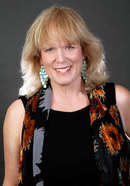 Chances are you’ve seen this photograph before—maybe on a T-shirt, on a billboard, or in a TV ad. The “Blue Marble Shot” has been reprinted more than any other photograph in history. It was taken on December 7, 1972, by one of the three Apollo 17 astronauts on their way to the Moon. But no one knows which astronaut took the picture because all three claimed to have been the photographer. During the few minutes Apollo 17 flew across the place in space located directly between the Sun and Earth (which was 28,000 miles away), no one should have been looking out of the window as they all had important tasks to do. But, obviously, someone, and perhaps everyone, was looking out. One of them grabbed a camera and clicked the shutter four times. After Apollo 17 returned to Earth, the picture was published on the front page of newspapers all over the world. For the first time ever, people saw the full planet Earth completely flooded in sunshine. Heavy clouds swirled over vast oceans. The African coastline was clearly visible, with its northeastern edge fitting like a puzzle piece with the Arabian Peninsula. Madagascar, the fourth largest island on Earth, was slightly off center, looking like a slipper floating in the middle of the Indian Ocean. And because the photo was taken just two weeks before the winter solstice, Earth’s southern hemisphere was tilted toward the sun, revealing Antarctica. For the first time ever, the south polar ice caps appeared in a photo. The mystery of who took the picture has never been solved. The commander of the mission, Eugene Cernan, who was the last man to walk on the moon, says he snapped the picture. But would the commander have had the time to take the photo at that critical point of the flight? Harrison “Jack” Schmitt, the first geologist sent to the moon, also swears that he took the picture. Perhaps that makes sense because he was responsible for making scientific observations. Ron Evans, who died in 1990, also claimed that he took the picture. No one will ever know for sure who took the Blue Marble Shot. But the words of Commander Eugene Cernan describe what he saw out of his spaceship window “…you can look out the window and you're looking at the most beautiful star in the heavens— the most beautiful because it's the one we understand and we know, it's home, it's people, family, love, life —and besides that, it is beautiful. ” 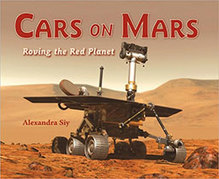 In Alex's book Cars on Mars you can follow the course of NASA’s Mars Exploration Rover (MER) mission as twin rovers Spirit and Opportunity explore the Red Planet. Learn how scientists determined that there was once water on Mars and how the earthbound NASA team resolved problems with the rovers from afar in order to prolong the mission, which continues today. For more information, click here. Alex is a member of iNK's Authors on Call and is available for classroom programs through Field Trip Zoom, a terrific technology that requires only a computer, wifi, and a webcam. Click here to find out more. MLA 8 CItation
Siy, Alexandra. "Mystery of the Blue Marble." Nonfiction Minute, iNK Think Tank, 30 Nov. 2017, www.nonfictionminute.org/ Mystery-of-the-Blue-Marble. 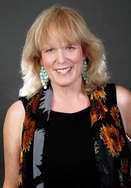 In 1953, a scientist named Edmund Schulman discovered that bristlecone pines are the world’s oldest trees. They live high in the mountains—between 9,000 and 11,000 feet above sea level where the soil is rocky, the air is as dry as a desert, and the temperatures are extremely hot in summer and cold in winter. Most ancient bristlecones grow in California’s White Mountains and Nevada’s Snake Range, and scientists now know that some of these trees are more than 5,000 years old. They are the oldest known living things on the planet. Edmund Schulman used a boring bit, a tool shaped like a drinking straw, to drill into old trees and pull pencil shaped pieces of wood called cores out of the trunks of very old trees. Cores contain patterns of stripes. One stripe represents one year of growth. Schulman counted more than 4,600 stripes from a tree he named Methuselah--after the oldest man in the Bible. Today, the Methuselah Tree’s exact location is kept secret to protect it from too many visitors. Like all ancient bristlecone pines, Methuselah’s annual growth rings contain secrets spanning thousands of years—secrets that are being discovered by scientists who know how to “read” tree rings. Rainfall, fires, volcanoes, droughts, and climate changes, are literally recorded in the growth rings. In the summer of 2011, I went searching for Methuselah. I brought along my camera. Although I am not a tree-ring scientist, I did my own research using my five senses. I tasted the pitch and pollen from cones (it was a little bit bitter); smelled the bark (it smelled like rain); touched wind sculpted and sun bleached wood surfaces (it was smooth and grooved); listened to the sound created when I tapped the rock-hard wood (it was sharp and short); and I was amazed by their strange forms and colors (they looked like dancers). Did I find Methuselah during my adventure? Actually, when I stopped searching,Methuselah found me. I will share that story along with a lot of science, in the book I am writing. But I won’t publish Methuselah’s photo or location. Some things must be kept secret. 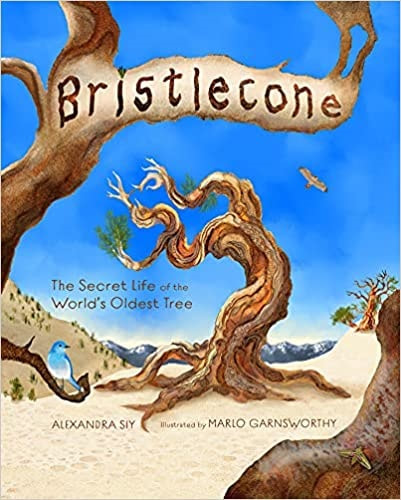 Alexandra Siy's latest book is Bristlecone: The Secret Life of the World's Oldest Tree. :know about about her new book from the author click here. Vicki Cobb's review says: "Siy and Garnsworthy have created a picture book for all ages that is creative nonfiction at its best. It spotlights STEAM, including an "A" for "art" plus science that shows us HOW we know while infusing a desire to WANT to know. It innovatively includes suspense, romance, and wonder in a tale of these battle-scarred heroes of the plant kingdom." Alexandra Siy is a member of iNK's Authors on Call and is available for remote classroom programs. . Click here to find out more. MLA 8 Citation Siy, Alexandra. "The Oldest Tree on Earth." Nonfiction Minute, iNK Think Tank, 10 Oct. 2017, www.nonfictionminute.org/the-nonfiction-minute/the-oldest-trees-on-earth. Do you ever feel spaced-out before you take a test? Yes or no, let’s go! 1. TRUE or FALSE? It’s possible for a spacecraft to fly from Earth to Venus, to Mars, back to Earth, then to Saturn, out to Pluto, back to Jupiter, and come home to Earth on one tank of fuel. 2. It’s possible for a spacecraft to fly all over the solar system on one tank of fuel because of: a. the sling-shot effect b. gravity assist c. swing-by d. all of the above e. none of the above The sling-shot effect, also known as a swing-by or gravity assist, is used to accelerate a spacecraft. Acceleration means to change the speed and/or the direction of a moving body. A spacecraft that is speeding up, slowing down, or following a curved path is accelerating. Gravity accelerates objects everywhere in the Universe. When you ride your bike up a hill it takes a lot of effort to make it to the top because the Earth is massive compared to you, and gravity pulls you toward its center. When you coast down the other side, gravity is your friend! Spacecraft can use the gravity of a planet to accelerate. Picture a spacecraft falling toward a planet. The spacecraft will crash unless it steers away. 3. As a spacecraft accelerates toward a planet, the motion of the planet is also affected by the gravity exerted by: a. the spacecraft b. the Sun c. cosmic rays d. both (a) and (b) e. both (b) and (c) f. all of the above g. none of the above All bodies in space, no matter how big or small, exert gravity on each other. Planets stay in orbit around the sun because of gravity. A planet is also affected by the tiny mass of a spacecraft. Gravity assist was used to increase the speed of Voyager 1 by 36,000 mph on its swing by Jupiter, which sling shot it to Saturn. And Jupiter slowed down infinitesimally, at a rate of 12 inches per one trillion years. 4. The person who discovered the math for using gravity assist to accelerate a spacecraft from planet to planet to planet…was: a. Aristotle (384 B.C. to 322 B.C) b. Galileo (1564-1642) c. Sir Isaac Newton (1643-1727) d. Katherine Johnson (1918- ) e. Michael Minovitch (1936- ) END OF TEST! DON’T STOP WORKING. START TALKING. ASK QUESTIONS. GO TO THE LIBRARY TO FIND THE ANSWERS. In this drawing a spacecraft gets an assist from Jupiter as it "slingshots" toward Saturn. Image courtesy of NASA/JPL Voyager 1 and Voyager 2 used gravity assist to fly by the outer planets. Image courtesy of NASA The twin Voyagers have no people on board on their interstellar journey, but carry The Golden Record, which contains messages, music, and pictures from Earth. Image courtesy of NASA/Alexandra Siy In case you didn't make it to the library: In 1961, UCLA graduate student Michael Minovitch used math and the new IBM 7090-7094 computers to invent gravity assist trajectories for space flight. Used with permission of Michael Minovitch 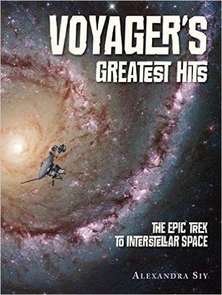 Alexandra Siy's Voyager's Greatest Hits tells the story of the twin space probes that traveled to Jupiter, Saturn, Uranus, and Neptune, a journey beyond our solar system into interstellar space, where no probe has ventured before. Siy tells the fascinating story of how the Voyager probes work, where the probes have been and what they’ve seen, and what they carry on board. Alexandra Siy is also a member of Authors on Call. You can bring her to your classroom via interactive videoconferencing and learn more from her and ask her questions. To find out more go here. MLA 8 Citation
Siy, Alexandra. "Spaced Out." Nonfiction Minute, iNK Think Tank, 2 May 2018, www.nonfictionminute.org/the-nonfiction-minute/Spaced-Out. 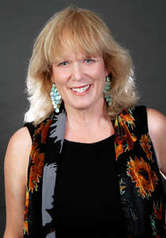 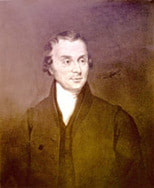 A long time ago in a land far, far away… The climate suddenly changes. It’s May, and a “Great Fog” appears in the sky. During the day it blocks out the sun and acts like a blanket trapping heat near the ground. A ten-year old boy notices that temperatures spike and sunsets are a spectacular display of colors. He doesn’t know that volcanoes in the “Ring of Fire” are spewing ash into the atmosphere creating massive clouds and causing the strange weather. All he knows is that he can’t take his eyes off the sky. The boy’s name is Luke Howard. The year is 1783, and his location is the English countryside. Luke records his observations in a journal. Although he doesn’t know it yet, he is on his way to becoming the “Father of Meteorology.” Flash forward twenty years. It’s 1803, and Luke Howard is a successful businessman. But in his spare time, ever since the summer of 1873, he’s been watching the clouds and thinking up new ideas about the weather. He writes and publishes a scientific paper and presents his ideas to a group of fellow amateur scientists. His article, “On the modification of clouds, and on the principles of their production, suspension and destruction,” classifies clouds into groups using Latin words: heaped (cumulus), layered (stratus), fibrous (cirrus), and rain (nimbus). By combining terms into names such as Cirro-cumulus, which he describes as "small, well-defined roundish masses, in close horizontal arrangement," Luke identifies many kinds of clouds. Luke’s passion for clouds inspires him to make watercolor sketches and write a book called The Climate of London, which introduces new ideas about lightening and the causes of rain. In 1864, Luke Howard dies at the age of ninety-two, leaving behind a cloud naming system that is still used today. A long time ago in a land far, far away, Luke Howard names the clouds—and in our imagination we see him turning to a friend and saying, “May the clouds be with you.” To see photos of many kinds of clouds go to NOAA Sky Watcher Chart  Spidermania: Friends on the Web debunks myths about spiders and takes an extremely close look at creatures that have both fascinated and terrified humans. An introduction explains what makes spiders unique. Then ten species are highlighted with incredible electron micro-graph images and surprising facts. From diving bell spiders that live in bubbles underwater, to spitting spiders that shoot sticky streams of spit at their prey, to black widows and wolf spiders, this unusual book will intrigue readers and help cure arachnophobia. For more information, click here. MLA 8 Citation
Siy, Alexandra. "Luke Skywatcher." Nonfiction Minute, iNK Think Tank, 27 Apr. 2018, www.nonfictionminute.org/the-nonfiction-minute/Luke-Skywatcher. |
*NEWS
|
For Vicki Cobb's BLOG (nonfiction book reviews, info on education, more), click here: Vicki's Blog
The NCSS-CBC Notable Social Studies Committee is pleased to inform you
that 30 People Who Changed the World has been selected for Notable Social Studies Trade Books for Young People 2018, a cooperative project of the National Council for the Social Studies (NCSS) & the Children’s Book Council
Categories
All
Abolitionists
Adams Janus
Adaptation
Adaptations
Adkins Jan
Advertising
Aerodynamics
Africa
African American History
African Americans
Africa West
Agriculture
Aircraft
Air Pilots
Air Pressure
Air Travel
Albee Sarah
Alchemy
Alligators
Allusion
American History
American Icons
Amphibians
Amundsen Roald
Anatomy
Ancient
Ancient Cultures
Anderson Marian 1897-1993
Animal Behavior
Animal Experimentation
Animal Intelligence
Animals
Animation
Antarctica
Ants
Apache Indians
Apes
April Fool's Day
Architecture
Argument
Arithmetic
Art
Art Deco
Artists
Arts
Asia
Astronauts
Astronomy
Athletes
Atomic Theory
Audubon Societies
Authors
Autobiography
Automobiles
Aviation
Awards
Bacteria
Baseball
Battuta Ibn
Bears
Beatles
Beavers
Bees
Biodegradation
Biography
Biology
Biomes
Biomimicry
Biplanes
Birds
Black Death
Black History
Blindness
Blizzards
Bombs
Bonaparte Napoleon
Boone Daniel
Botany
Brazil
Bridges
Brill Marlene Targ
Brooklyn Bridge
Brown John
Buffaloes
Building Materials
Butterflies
Caesar
Caesar Julius
Caissons
Calculus
Calendars
Cannibal
Capitals
Caravaggio
Carbon Dioxide
Carnivores
Carson Mary Kay
Cartoons & Comics
Carving (Decorative Arts)
Cascade Range
Castaldo Nancy
Castles
Castrovilla Selene
Cathedrals
Cats
Caves
Celts
Cemeteries
Chemistry
Children's Authors
Child Welfare
China
Choctaw Indians
Christmas
Chronometers
Cicadas
Cinco De Mayo
Ciphers
Circle
Citizenship
Civil Rights
Civil Rights Movements
Civil War
Civil War - US
Climate
Climate Change
Clocks And Watches
Clouds
Cobb Vicki
COBOL (Computer Language)
Code And Cipher Stories
Collard III Sneed B.
Collectors And Collecting
Color
Commerce
Communication
Competition
Compilers
Composers
Computers
Congressional Gold Medal
Consitution
Contests
Contraltos
Coolidge Calvin
Cooling
Corms
Corn
Counterfeiters
Covid-19
Crocodiles
Cryptography
Culture
Darwin Charles
Declaration Of Independence
Decomposition
Decompression Sickness
Deep-sea Animals
Deer
De Medici Catherine
Design
Detectives
Dickens Charles
Disasters
Discrimination
Diseases
Disney Walt
DNA
Dogs
Dollar
Dolphins
Douglass Frederick 1818-1895
Droughts
Dr. Suess
Dunphy Madeleine
Ear
Earth
Earthquakes
Ecology
Economics
Ecosystem
Edison Thomas A
Education
Egypt
Eiffel-gustave-18321923
Eiffel-tower
Einstein-albert
Elephants
Elk
Emancipationproclamation
Endangered Species
Endangered-species
Energy
Engineering
England
Englishlanguage-arts
Entomology
Environmental-protection
Environmental-science
Equinox
Erie-canal
Etymology
Europe
European-history
Evolution
Experiments
Explorers
Explosions
Exports
Extinction
Extinction-biology
Eye
Fairs
Fawkes-guy
Federalgovernment
Film
Fires
Fishes
Flight
Floods
Flowers
Flute
Food
Food-chains
Foodpreservation
Foodsupply
Food-supply
Football
Forceandenergy
Force-and-energy
Forensicscienceandmedicine
Forensic Science And Medicine
Fossils
Foundlings
France
Francoprussian-war
Freedom
Freedomofspeech
French-revolution
Friction
Frogs
Frontier
Frontier-and-pioneer-life
Frozenfoods
Fugitiveslaves
Fultonrobert
Galapagos-islands
Galleys
Gametheory
Gaudi-antoni-18521926
Gender
Generals
Genes
Genetics
Geography
Geology
Geometry
Geysers
Ghosts
Giraffe
Glaciers
Glaucoma
Gliders-aeronautics
Global-warming
Gods-goddesses
Gold-mines-and-mining
Government
Grant-ulysses-s
Grasshoppers
Gravity
Great-britain
Great-depression
Greece
Greek-letters
Greenberg Jan
Hair
Halloween
Handel-george-frederic
Harness Cheryl
Harrison-john-16931776
Health-wellness
Hearing
Hearing-aids
Hearst-william-randolph
Henry-iv-king-of-england
Herbivores
Hip Hop
History
History-19th-century
History-france
History-world
Hitler-adolph
Hoaxes
Holidays
Hollihan Kerrie Logan
Homestead-law
Hopper-grace
Horses
Hot Air Balloons
Hot-air-balloons
Housing
Huguenots
Human Body
Hurricanes
Ice
Icebergs
Illustration
Imagery
Imhotep
Imperialism
Indian-code-talkers
Indonesia
Industrialization
Industrial-revolution
Inquisition
Insects
Insulation
Intelligence
Interstatecommerce
Interviewing
Inventions
Inventors
Irrational-numbers
Irrigation
Islands
Jacksonandrew
Jazz
Jeffersonthomas
Jefferson-thomas
Jemisonmae
Jenkins-steve
Jet-stream
Johnsonlyndonb
Jokes
Journalism
Keeling-charles-d
Kennedyjohnf
Kenya
Kidnapping
Kingmartinlutherjr19291968
Kingmartinlutherjr19291968d6528702d6
Kings-and-rulers
Kings Queens
Kings-queens
Koala
Labor
Labor Policy
Lafayette Marie Joseph Paul Yves Roch Gilbert Du Motier Marquis De 17571834
Landscapes
Languages-and-culture
Law-enforcement
Layfayette
Levers
Levinson Cynthia
Lewis And Clark Expedition (1804-1806)
Lewis Edmonia
Liberty
Lift (Aerodynamics)
Light
Lindbergh Charles
Liszt Franz
Literary Devices
Literature
Lizards
Longitude
Louis XIV King Of France
Lumber
Lunar Calendar
Lynching
Macaws
Madison-dolley
Madison-james
Madison-james
Mammals
Maneta-norman
Maneta-norman
Marathon-greece
Marine-biology
Marine-biology
Marines
Marsupials
Martial-arts
Marx-trish
Mass
Massachusetts-maritime-academy
Mass-media
Mastodons
Mathematics
May-day
Mcclafferty-carla-killough
Mcclafferty-carla-killough
Mckinley-william
Measurement
Mechanics
Media-literacy
Media-literacy
Medicine
Memoir
Memorial-day
Metaphor
Meteorology
Mexico
Mickey-mouse
Microscopy
Middle-west
Migration
Military
Miners
Mississippi
Molasses
Monarchy
Monsters
Montgomery
Montgomery-bus-boycott-19551956
Montgomery-heather-l
Monuments
Moon
Moran-thomas
Morsecode
Morsesamuel
Moss-marissa
Moss-marissa
Motion
Motion-pictures
Mummies
Munro-roxie
Munro-roxie
Musclestrength
Museums
Music
Muslims
Mythologygreek
Nanofibers
Nanotechnology
Nathan-amy
Nathan-amy
Nationalfootballleague
Nationalparksandreserves
Nativeamericans
Native-americans
Native-americans
Naturalhistory
Naturalists
Nature
Nauticalcharts
Nauticalinstruments
Navajoindians
Navigation
Navy
Ncaafootball
Nervoussystem
Newdeal19331939
Newman-aline
Newman-aline
Newton-isaac
New-york-city
Nobelprizewinners
Nomads
Nonfictionnarrative
Nutrition
Nylon
Nymphs-insects
Oaths Of Office
Occupations
Ocean
Ocean-liners
Olympics
Omnivores
Optics
Origami
Origin
Orphans
Ottomanempire
Painters
Painting
Paleontology
Pandemic
Paper-airplanes
Parksrosa19132005
Parrots
Passiveresistance
Patent Dorothy Hinshaw
Peerreview
Penguins
Persistence
Personalnarrative
Personification
Pets
Photography
Physics
Pi
Pigeons
Pilots
Pinkertonallan
Pirates
Plague
Plains
Plainsindians
Planets
Plantbreeding
Plants
Plastics
Poaching
Poetry
Poisons
Poland
Police
Political-parties
Pollen
Pollution
Polo-marco
Populism
Portraits
Predation
Predators
Presidentialmedaloffreedom
Presidents
Prey
Prey-predators
Prey-predators
Prime-meridian
Pringle Laurence
Prohibition
Proteins
Protestandsocialmovements
Protestants
Protestsongs
Punishment
Pyramids
Questioning
Radio
Railroad
Rainforests
Rappaport-doreen
Ratio
Reading
Realism
Recipes
Recycling
Refrigerators
Reich-susanna
Religion
Renaissance
Reproduction
Reptiles
Reservoirs
Rheumatoidarthritis
Rhythm-and-blues-music
Rice
Rivers
Roaringtwenties
Roosevelteleanor
Rooseveltfranklind
Roosevelt-franklin-d
Roosevelt-theodore
Running
Russia
Safety
Sanitation
Schwartz David M
Science
Scientificmethod
Scientists
Scottrobert
Sculpture
Sculpturegardens
Sea-level
Seals
Seals-animals
Secretariesofstate
Secretservice
Seeds
Segregation
Segregationineducation
Sensessensation
September11terroristattacks2001
Seuss
Sextant
Shackletonernest
Shawneeindians
Ships
Shortstories
Silkworms
Simple-machines
Singers
Siy Alexandra
Slavery
Smuggling
Snakes
Socialchange
Social-change
Socialjustice
Social-justice
Socialstudies
Social-studies
Social-studies
Sodhouses
Solarsystem
Sound
Southeast-asia
Soybean
Space Travelers
Spain
Speech
Speed
Spiders
Spies
Spiritualssongs
Sports
Sports-history
Sports-science
Spring
Squirrels
Statue-of-liberty
STEM
Storms
Strategy
Sugar
Sumatra
Summer
Superbowl
Surgery
Survival
Swanson-jennifer
Swinburne Stephen R.
Synthetic-drugs
Taiwan
Tardigrada
Tasmania
Tasmanian Devil
Tasmanian-devil
Technology
Tecumsehshawneechief
Telegraph-wireless
Temperature
Tennis
Terrorism
Thomas Peggy
Thompson Laurie Ann
Time
Titanic
Tombs
Tortoises
Towle Sarah
Transcontinental-flights
Transportation
Travel
Trees
Trung Sisters Rebellion
Tundra
Turnips
Turtles
Typhoons
Underground Railroad
Us-environmental-protection-agency
Us History
Us-history
Ushistoryrevolution
Us History Revolution
Us-history-war-of-1812
Us Presidents
Ussupremecourtlandmarkcases
Vacations
Vaccines
Vangoghvincent
Vegetables
Venom
Vietnam
Viruses
Visual-literacy
Volcanoes
Voting-rghts
War
Warne-kate
Warren Andrea
Washington-dc
Washington George
Water
Water-currents
Wax-figures
Weapons
Weather
Weatherford Carole Boston
Whiting Jim
Wildfires
Winds
Windsor-castle
Wolves
Woman In History
Women
Women Airforce Service Pilots
Women-airforce-service-pilots
Womeninhistory
Women In History
Women-in-science
Women's History
Womens-roles-through-history
Wonder
Woodson-carter-godwin-18751950
World-war-i
World War Ii
World-war-ii
Wright Brothers
Writing
Writing-skills
Wwi
Xrays
Yellowstone-national-park
Zaunders Bo
ArchivesMarch 2021
February 2021
January 2021
December 2020
November 2020
October 2020
September 2020
June 2020
May 2020
April 2020
March 2020
February 2020
January 2020
December 2019
October 2019
September 2019
August 2019
July 2019
May 2019
April 2019
March 2019
February 2019
January 2019
December 2018
November 2018
September 2018
June 2018
May 2018
April 2018
March 2018
February 2018
January 2018
December 2017
November 2017
October 2017
September 2017
March 2017
The NONFICTION MINUTE, Authors on Call, and. the iNK Books & Media Store are divisions of iNK THINK TANK INC.
a 501 (c) (3) nonprofit corporation. To return to the iNK Think Tank landing page click the icon or the link below. :
http://inkthinktank.org/
For more information or support, contact thoughts@inkthinktank.org
For Privacy Policy, go to
Privacy Policy
© COPYRIGHT the Nonfiction Minute 2020.
ALL RIGHTS RESERVED.
This site uses cookies to personalize your experience, analyze site usage, and offer tailored promotions. www.youronlinechoices.eu
Remind me later
Archives
March 2023
February 2023
January 2023
December 2022
November 2022
October 2022
September 2022
June 2022
May 2022
April 2022
March 2022
February 2022
January 2022
December 2021
November 2021
September 2021
April 2021
March 2021
February 2021
November 2020
October 2020
September 2020
June 2020
May 2020
April 2020
March 2020
February 2020
January 2020
October 2019
August 2019
July 2019
May 2019
April 2019
December 2018
September 2018
June 2018
May 2018
March 2018
February 2018
January 2018
December 2017
November 2017
October 2017
September 2017


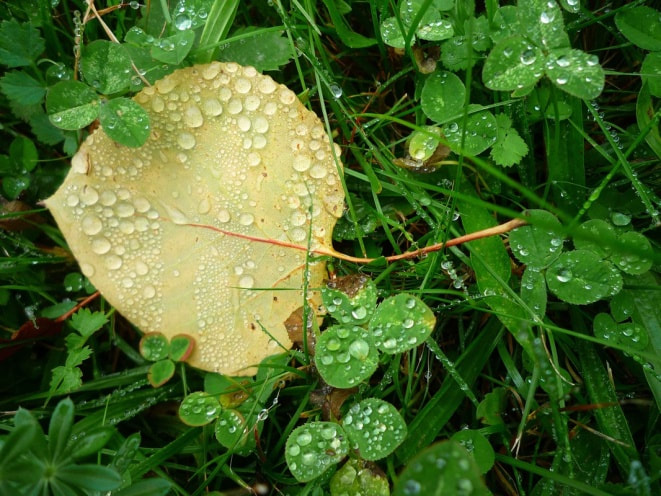
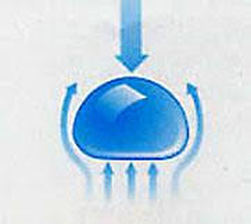


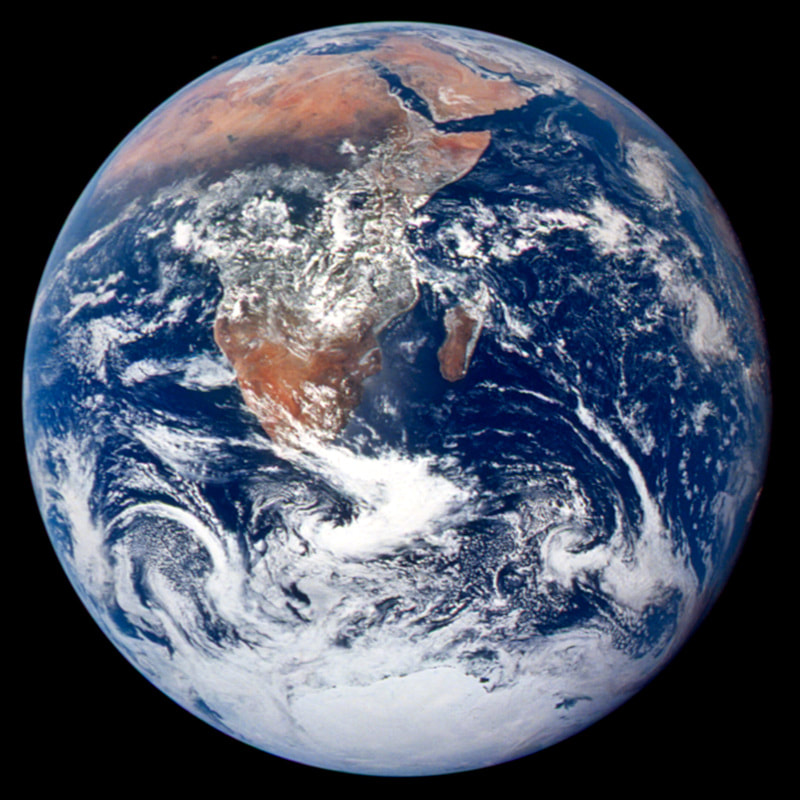


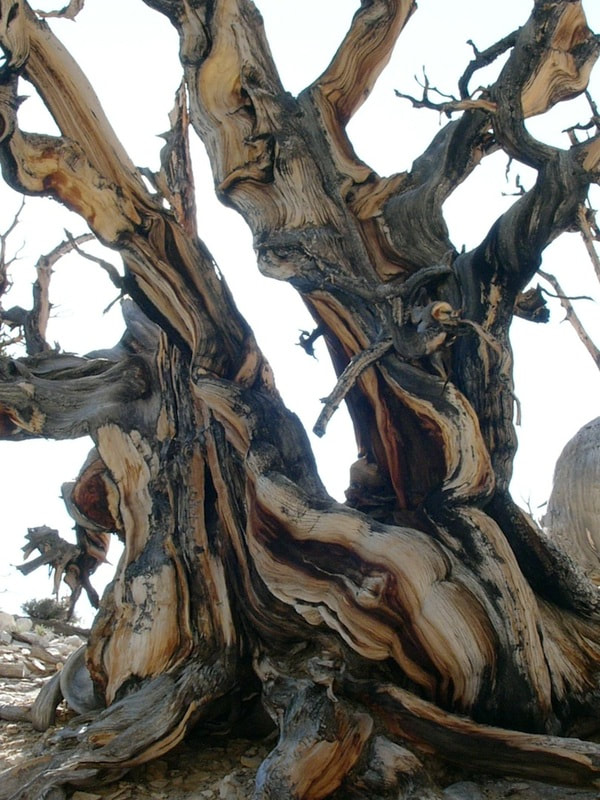




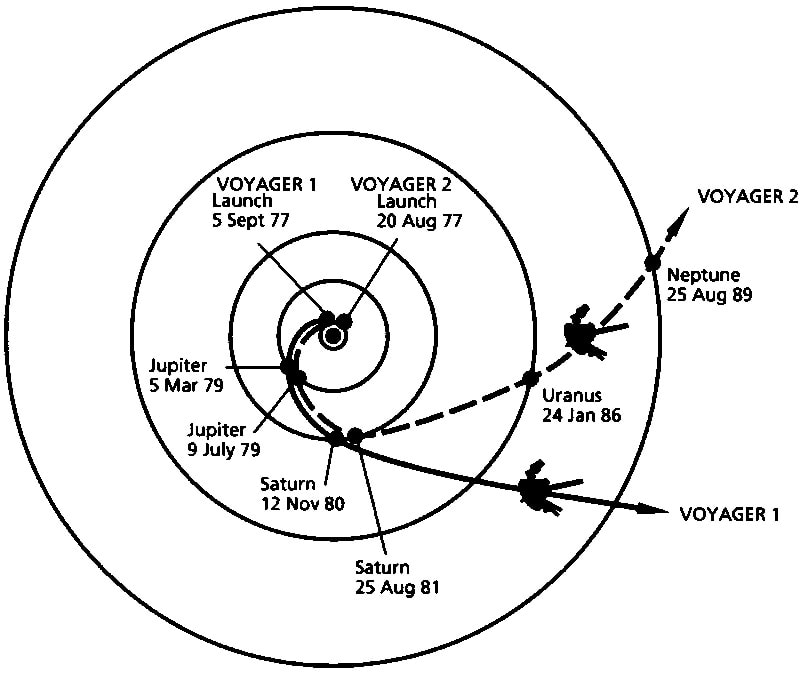

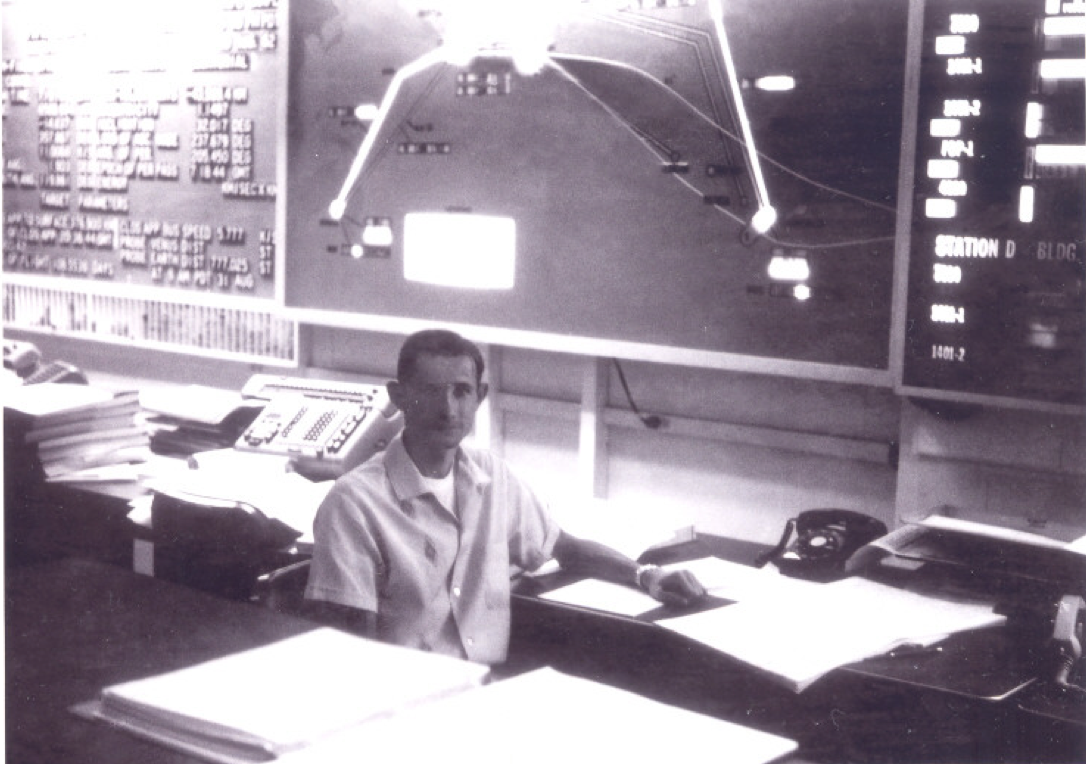


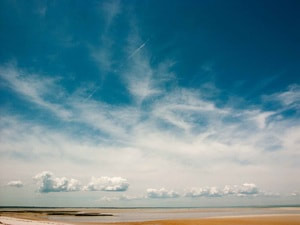
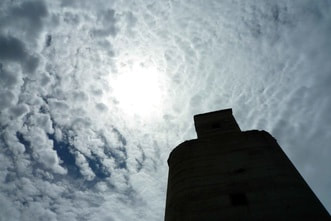
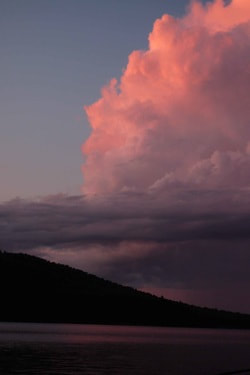
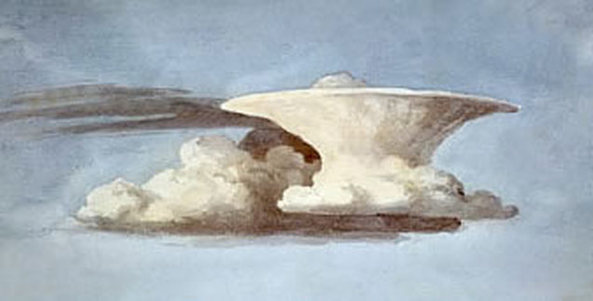

 RSS Feed
RSS Feed
